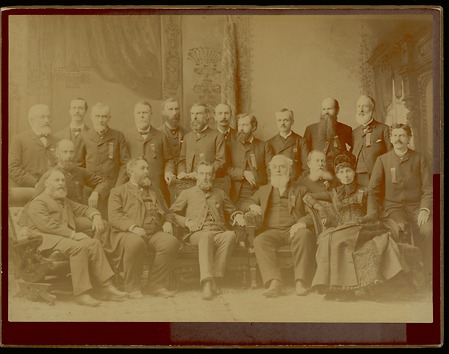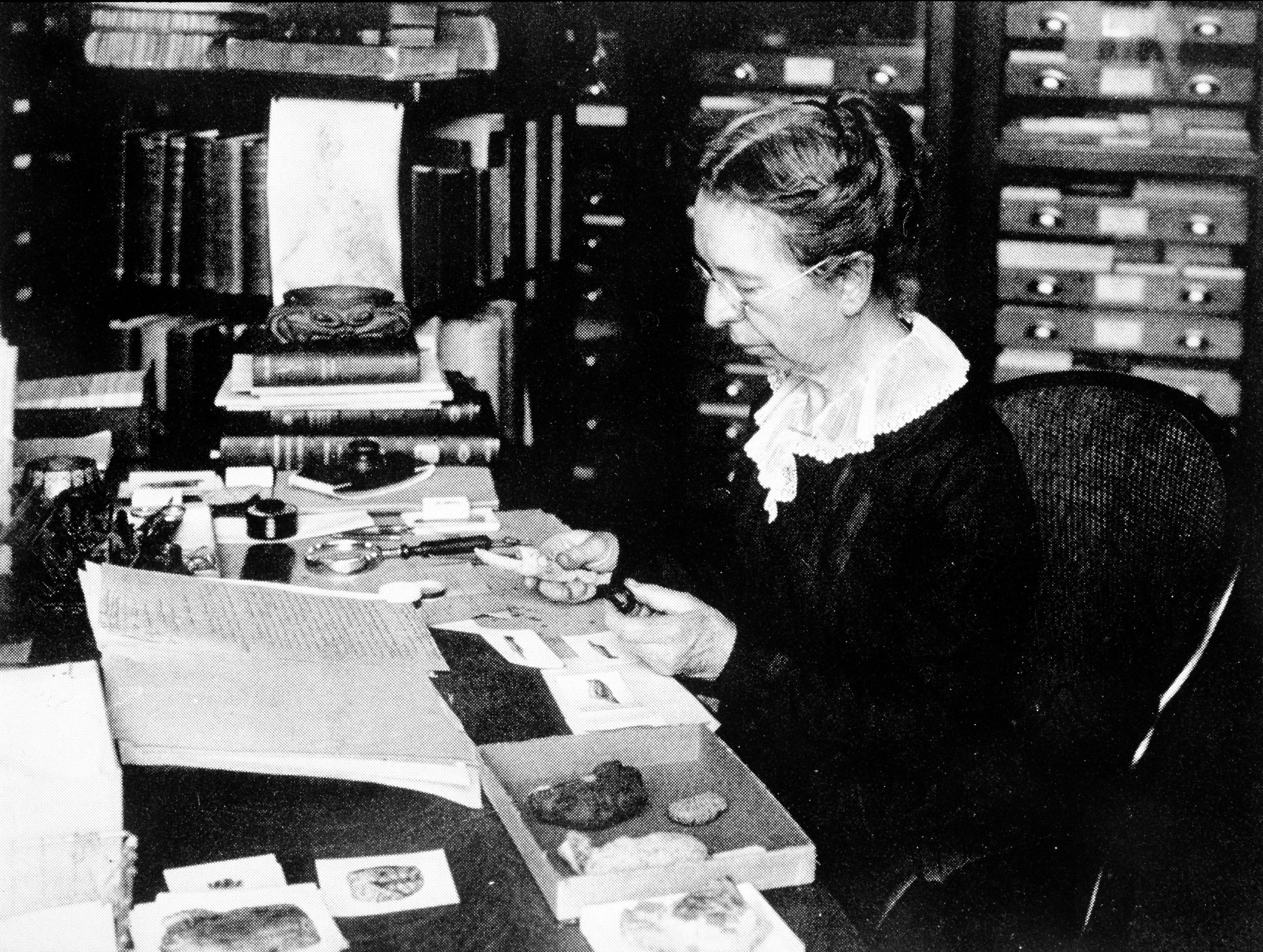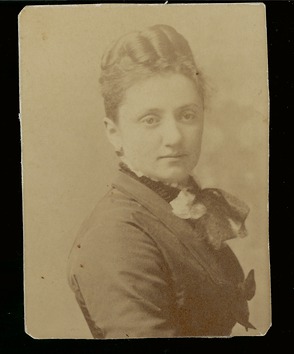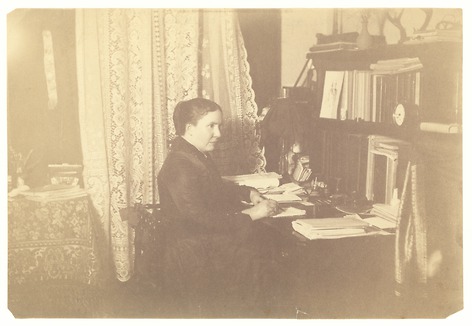As promised in my last blog, I want to provide a research update on my work as the American Women’s History Initiative Curator at the Smithsonian Institution Archives. Today, I’m sharing information about some of the earliest examples of women in science at the Smithsonian.
So far, we’ve identified six women who worked in science at the Smithsonian in the nineteenth century. Their contributions spanned scientific illustration, invertebrate zoology, and anthropology. Below are very brief biographies, and we’ll be creating more resources about these women soon. As we continue our research, it’s likely we’ll find more examples of women in science at the Smithsonian in the nineteenth century. I’ll be excited to share information about them with you when we do!
- Louisa Bernie Gallaher (1858-1917) worked as a photographer at the United States National Museum circa 1878 to 1917. In her work, Gallaher used photomicrography and x-ray reproductions, which were useful to the scientific community. In fact, Gallaher’s supervisor, Thomas Smillie, estimated her to be “the most successful woman photographer in the United States in scientific illustration.”
- Erminnie Adele Platt Smith (1836-1886) worked as a salaried scientific explorer for the Smithsonian’s Bureau of American Ethnology (BAE) circa 1879 to 1886. One of the first women to do anthropological field work and the first woman to serve as an Officer for the American Association for the Advancement of Science, Smith’s research at the BAE focused on Iroquois language, myths, and rituals.
- Mary Jane Rathbun (1860-1943) worked as a curator of Crustacea at the United States National Museum circa 1886 to 1940. She began her career at the Smithsonian as a copyist in the Department of Marine Invertebrates, and eventually became a curator. She was a prolific writer and researcher who is best known for her four-volume series on the crabs of America.
- Matilda Coxe Stevenson (1849-1915) worked as an unpaid assistant for her husband James Stevenson, who was a geologist employed by the BAE; but after his death, Stevenson undertook her own extensive fieldwork, especially at Zuni, circa 1872 to 1915. Stevenson founded the Women’s Anthropological Society.
- Harriet Richardson Searle (1874-1958) worked as a collaborator and later a Research Associate at the United States National Museum circa 1896 to 1913. Searle earned a Ph.D. in zoology from Columbian University, and her research and publications focused on isopod systematics.
- Alice Cunningham Fletcher (1838-1923) worked as a collaborator with the BAE beginning circa 1897, and was also an ethnologist at the Peabody Museum of Harvard University. Her field research and publications focused on American Indian culture and music, and she is best known for her work on Omaha traditions.
Related Resources
- "Smithsonian Women in Science," by Elizabeth Harmon, The Bigger Picture, Smithsonian Institution Archives
Produced by the Smithsonian Institution Archives. For copyright questions, please see the Terms of Use.






Leave a Comment